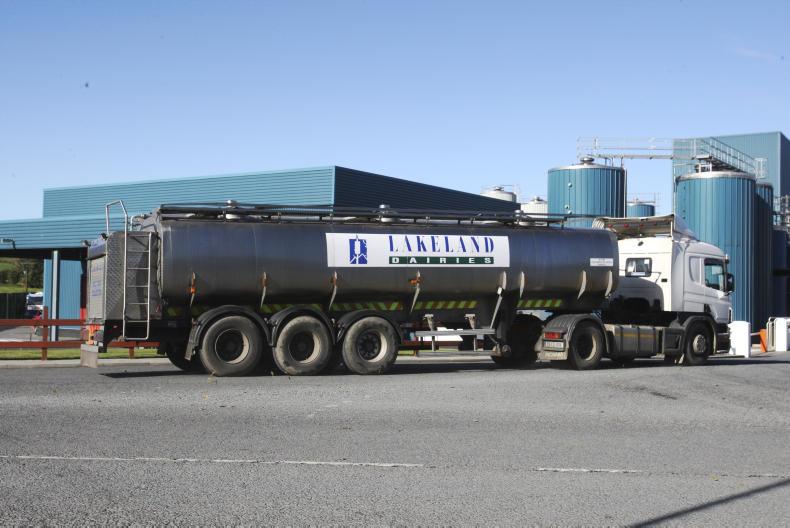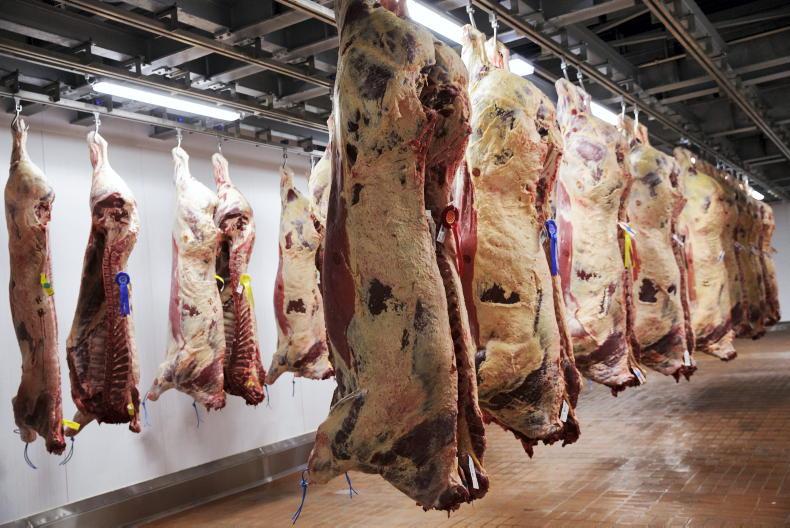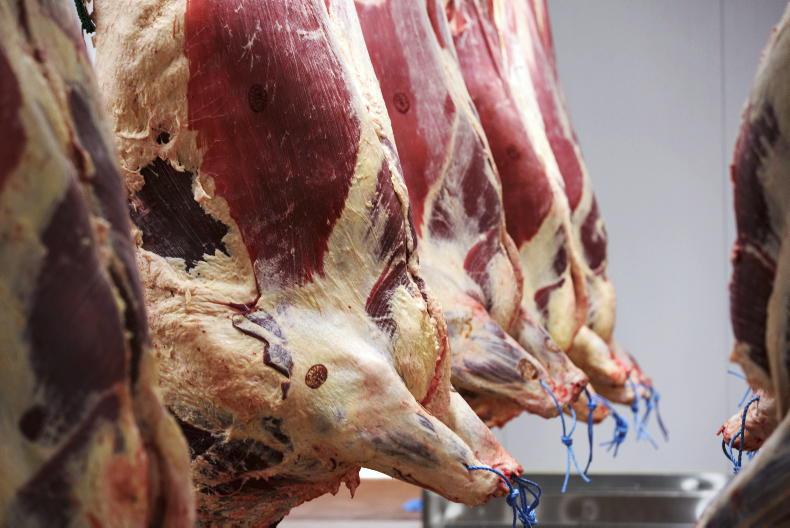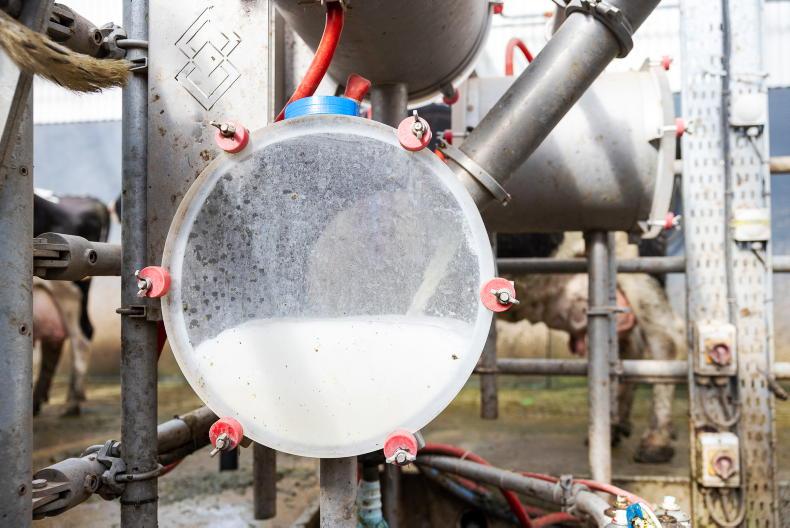In a recent survey carried out by Lakeland Dairies, suppliers were asked a number of questions about their future plans for their dairy businesses. The general consensus is onwards and upwards for most farmers surveyed.
The most striking figures from the survey were the age profile and succession plans for the farms. Ninety percent of the farms surveyed are full-time dairy enterprises and 48% of those have identified a successor. Currently the suppliers’ age range shows 25% are under 45, with the 45-54 (34%) the most common age bracket. The most encouraging figure showed 93% of the processors intend to stay in milk production going forward.
Lakeland Dairies has invested substantially in processing capacity over the past eight to10 years. The heavy lifting is done from a capital expenditure point of view
Expansion
Over the next four years, 46% of those surveyed intend to increase milk production, while 47% will maintain current production levels.
The expected increase in production will average 5% annually. Lakeland explained that it is prepared for the expansion and has already implemented the necessary infrastructure to deal with the extra production. Lakeland Dairies’ chair Alo Duffy said: “Lakeland Dairies has invested substantially in processing capacity over the past eight to10 years. The heavy lifting is done from a capital expenditure point of view”.
Current farm Size
The average area of land that Lakeland suppliers own is 113 acres and there is on average an extra 55 acres of rented land. From this the average grazing block is 93 acres. Almost half the farmers said they will have the option to rent more ground in the next five years if needed.
Herd size averages 81 cows with followers, the projected increase by 2022 will see average herd numbers rise to 92 – an 11% increase.
Labour
Currently tho-thirds of farmers surveyed do not employ any labour and the farm is run on family input. Just 8% of the farmers employ full-time labour while 28% avail of part-time labour. The majority of farmers, 57%, do not have an interest in farm partnerships of any kind. Those that showed interest were majority family partnerships, with only 8% showing an interest in partnerships outside the family.
The suppliers plan to change the workload in springtime, with 23% aiming to adjust their calving pattern, mainly looking to calve earlier.
Read more
Persistently infected BVD calves down 50%
Creed repeats call for increase to CAP budget
Read more
What farmers can do to tackle climate change
In a recent survey carried out by Lakeland Dairies, suppliers were asked a number of questions about their future plans for their dairy businesses. The general consensus is onwards and upwards for most farmers surveyed.
The most striking figures from the survey were the age profile and succession plans for the farms. Ninety percent of the farms surveyed are full-time dairy enterprises and 48% of those have identified a successor. Currently the suppliers’ age range shows 25% are under 45, with the 45-54 (34%) the most common age bracket. The most encouraging figure showed 93% of the processors intend to stay in milk production going forward.
Lakeland Dairies has invested substantially in processing capacity over the past eight to10 years. The heavy lifting is done from a capital expenditure point of view
Expansion
Over the next four years, 46% of those surveyed intend to increase milk production, while 47% will maintain current production levels.
The expected increase in production will average 5% annually. Lakeland explained that it is prepared for the expansion and has already implemented the necessary infrastructure to deal with the extra production. Lakeland Dairies’ chair Alo Duffy said: “Lakeland Dairies has invested substantially in processing capacity over the past eight to10 years. The heavy lifting is done from a capital expenditure point of view”.
Current farm Size
The average area of land that Lakeland suppliers own is 113 acres and there is on average an extra 55 acres of rented land. From this the average grazing block is 93 acres. Almost half the farmers said they will have the option to rent more ground in the next five years if needed.
Herd size averages 81 cows with followers, the projected increase by 2022 will see average herd numbers rise to 92 – an 11% increase.
Labour
Currently tho-thirds of farmers surveyed do not employ any labour and the farm is run on family input. Just 8% of the farmers employ full-time labour while 28% avail of part-time labour. The majority of farmers, 57%, do not have an interest in farm partnerships of any kind. Those that showed interest were majority family partnerships, with only 8% showing an interest in partnerships outside the family.
The suppliers plan to change the workload in springtime, with 23% aiming to adjust their calving pattern, mainly looking to calve earlier.
Read more
Persistently infected BVD calves down 50%
Creed repeats call for increase to CAP budget
Read more
What farmers can do to tackle climate change










SHARING OPTIONS